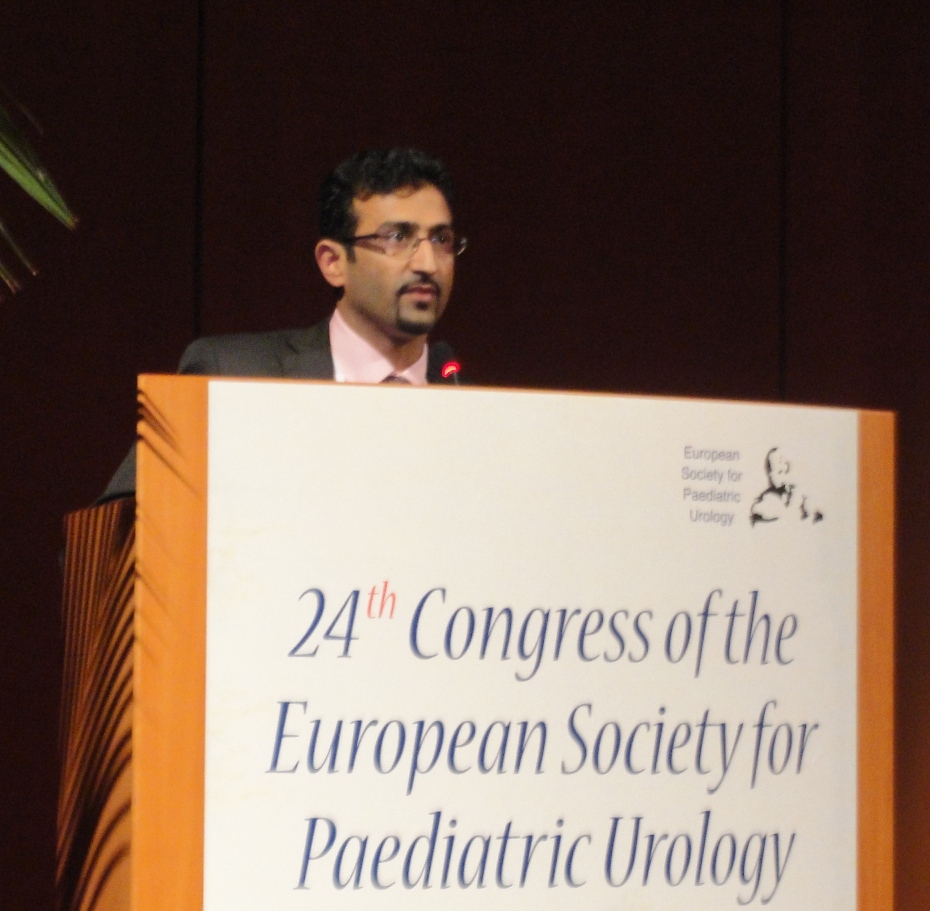
Hypospadias is recognized as a pediatric urological disorder, the incidence of which is on the rise over the last two decades. While researchers and clinicians agree that the detection and diagnosis rate of hypospadias has increased due to increased awareness, it is also certain that there are other factors which are contributing to the increased incidence of hypospadias.
The last few studies have noted the incidence of hypospadias to be almost 1/150 newborn boys. This is substantial as compared to what was reported to be 1/250 boys two decades back.
To understand what leads to higher incidence of hypospadias we have to understand in a simple language how Hypospadias happens. During the critical phase of sex development in the baby during pregnancy – at around 8 weeks both the male and female sexual organs look similar. Between 8-14 weeks, under the influence of male hormones produced by the testis (Testosterone and Dihydrotestosterone, also called androgens) these organs develop into male organs. These hormones cause the genital tubercle to enlarge and become a penis and at the same time the urinary passage (called urethra) starts developing on the underside of the penis and closes like a zipper from the bottom to the tip of penis. All this is a very intricate coordinated activity and guided by levels and actions of male hormones. Blockage of action of these hormones or lower levels in this critical phase lead to an incomplete urethra resulting in hypospadias. Thus, the urethra falls short of the tip and urethral opening remains on the underside of penis.
Recent research has shown that the rising levels of chemicals in environment so called Endocrine disruptors have been responsible in some ways for this rise in the incidence of hypospadias and other reproductive anomalies such as undescended testis, low sperm counts and testicular cancer. These chemicals come from pesticides, colouring agents, dyes, hair sprays, plastics used in cars, bottles etc. They are all around us and it may take us many years to see their full blown effect on human bodies. Even hormonal treatment for infertility such as IVF, smoking and excessive analgesic use during pregnancy has been shown to have increase the risk of hypospadias. In an environment loaded with pollution and unknown synthetic chemical residues, we can never ascertain fully how the cumulative effect of all these agents affects the gentle developing organs of the baby.
We recently conducted the largest study yet in India about finding out the incidence of hypospadias and undescended testis in India. We found that incidence of undescended testis has increased to almost 5% and hypospadias 1/126 babies in India. Earlier reported incidence for undescended testis was 1.6% in 1971, so it has almost tripled in last 40 years. Hypospadias incidence has not been reported in India yet.
Extrapolating these figures, there will be around 110,000 babies born with Hypospadias every year in India and they will need counseling and proper treatment. Similarly, almost 7 lakh (700,000) babies will be born with undescended testis and almost 30% of these – almost 2 lakh babies (200,000) will need surgery for undescended testis every year. These numbers are not small by any stretch of imagination and call for further research and awareness among general public, governmental organisations as well as doctors.
Dr A.K.Singal, Pediatric urologist & Hypospadiologist, presented these findings at European Society of Pediatric Urology Annual Congress in Genoa, Italy in April 2013. The study was very well appreciated and we won a prize also for it.
At Hypospadias Foundation, we have committed ourselves to excellent clinical care of children with Hypospadias but equally importantly towards meaningful clinical research in the field of Hypospadiology also. In India typically we follow data from the west as we do not have means to collect our own data or just that our priorities towards care for the large population are so huge that we do not have time/ resources for research. Since Hypospadias Foundation is an autonomous body, we have made research our important goal and made it a missionary zeal to collect our own data within India, learn from our own data and then share the research results with the rest of the world.
Medical Science moves forwards by doing clinical work and also analyzing that we are doing today is better than what we did yesterday. But if we can use scientific research tools to find out why hypospadias happen, why are they increasing and what can be done to decrease the incidence – that will be the most fruitful use of science. Prevention is always better than treatment.
Contact Form for Hypospadias Foundation
Please fill all clinical details and upload pictures and clinical summaries (if available)
